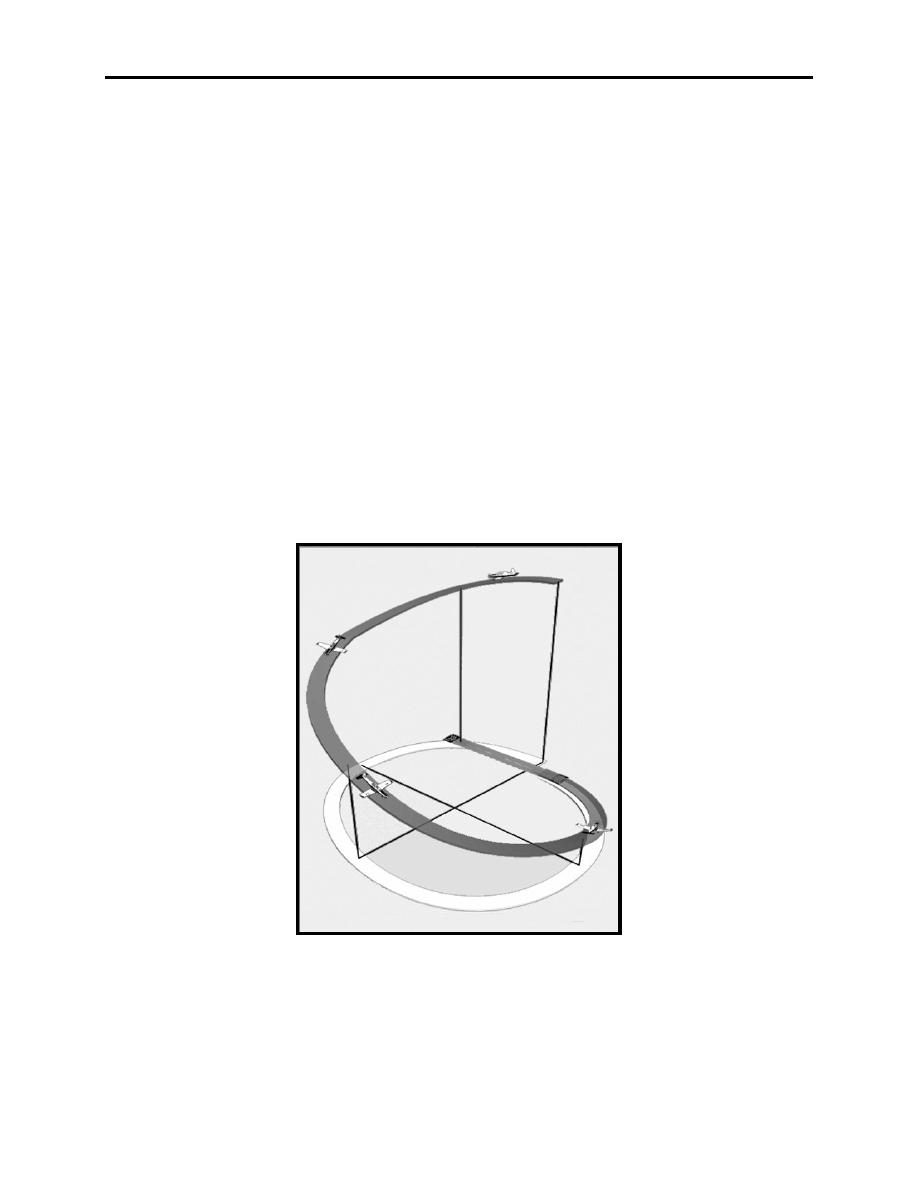 |
|||
|
|
|||
|
Page Title:
Figure 7-2 Three-Dimensional View of the ELP |
|
||
| ||||||||||
|
|  CHAPTER SEVEN
T-6A CONTACT
When an airborne emergency occurs, three basic rules apply. These rules should be thoroughly
understood by all aircrew:
Maintain aircraft control: establishing the aircraft in safe controlled flight should always be
your first priority in any emergency, even if it means consciously continuing in straight and level
flight. Conversely, if performing aerobatic maneuvers, for example, and the master caution light
illuminates, accomplish the appropriate VMC recovery and take care of flying the airplane before
delving into the specifics of the caution.
Analyze the situation and take proper action: next, analyze the indications you have to
determine the nature of the emergency. You should verify what you see in your cockpit with the
other crewmember. Once the problem is diagnosed, apply any applicable boldfaced items, then
open your Pocket Checklist and with good aircrew coordination, continue with the emergency
procedure.
Land as soon as conditions permit: the severity of the problem will dictate the course of action
to take to safely recover the aircraft, although you, as the NFO/WSO, should always identify the
nearest suitable landing field. Review the definitions for "Land as soon as possible" and "Land
as soon as practical" in the T-6A NATOPS, Section III Introduction.
Figure 7-2 Three-Dimensional View of the ELP
7-2
EMERGENCY PROCEDURES
|
|
Privacy Statement - Press Release - Copyright Information. - Contact Us |